Dell Extends Hyperconverged Market Share Leadership Dominance
Hyperconverged infrastructure sales topped $2.3 billion in the fourth quarter of 2019, up 17 percent year over year, according to new data from IDC. CRN breaks down the top five market share leaders.

Hyperconverged Takes Over Converged Market
Dell Technologies has extended the company’s massive hyperconverged market share gap between itself and all competitors, winning one-third of the global market in the fourth quarter of 2019, according to new market research from IDC.
Global revenues from hyperconverged infrastructure (HCI) systems reached $2.3 billion in the fourth quarter of 2019, representing a 17.2 percent increase year over year. HCI has now taken over the worldwide converged infrastructure space, according to Greg Macatee, research analyst for Infrastructure Platforms and Technologies at IDC.
"Hyperconverged system sales remained robust during the fourth quarter and carried overall converged systems market growth despite annual declines of other product types," said Macatee in a statement. "The hyperconverged system growth picture was largely consistent across the globe with growth in every region in the low to mid double-digit range as these types of systems continue to provide value to a wide variety of businesses in both hybrid and multicloud environments given their easy-to-deploy and automated software-defined nature."
IDC declares a statistical tie when there is a difference of 1 percent or less in the share of revenue. In this particular HCI report, IDC has a statistical three-way tie for third place.
CRN breaks down the top five leaders in terms of worldwide hyperconverged systems market share.
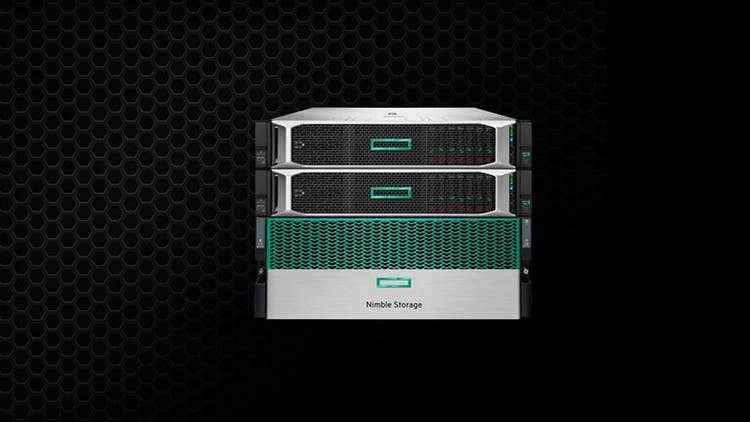
T3. Hewlett Packard Enterprise
Q4 Market Share: 5.1%
Hewlett Packard Enterprise generated $115.5 million in hyperconverged sales in the fourth quarter of 2019, up 24 percent year over year. The San Jose, Calif.-based infrastructure star captured 5.1 percent share of the global HCI market, up from 4.8 percent share in the fourth quarter of 2018.
HPE CEO Antonio Neri recently said his company is stepping up to help customers, partners, employees and communities being hit hard by the coronavirus. “From enabling medical clinics to supporting telework and remote education to powering scientific research, we are focused on delivering for customers in bold new ways in these trying circumstances,” Neri said. “Our Aruba Remote Access Points have seen a double-digit increase in demand because they allow organizations to extend their network and corporate resources to workers at home with secure, seamless connectivity.”
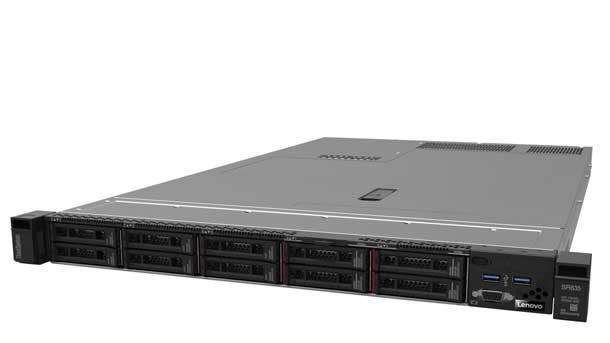
T3. Lenovo
Q4 Market Share: 5.3%
Lenovo sold approximately $122 million in hyperconverged systems during the fourth quarter 2019, up a whopping 43 percent year over year. The Hong Kong-based PC and infrastructure company won 5.3 percent share of the worldwide HCI market, up from 4.4 percent share in fourth quarter 2018.
On April 1, Lenovo launched a “partner stimulus package” to help shore up cash flows at channel partners due to the coronavirus pandemic. The stimulus package aims to enable faster channel payouts and extended financing terms for its Intelligent Devices Group. One key change with the partner stimulus package is that Lenovo will be removing all of its target-based programs, so that partners will not be required to hit a certain threshold to earn back-end rebates.
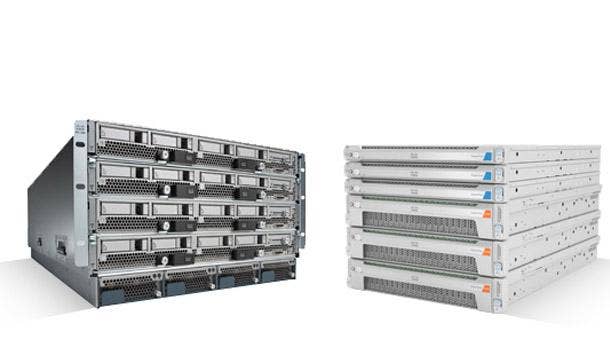
T3. Cisco
Q4 Market Share: 6%
The networking behemoth witnessed the largest revenue percentage growth in the world by generating $138 million in HCI revenues in the fourth quarter, up an astonishing 84 percent year over year. Cisco was able to nearly double its hyperconverged market share from 3.8 percent in fourth quarter of 2018 to 6 percent share.
The San Jose, Calif.-based network leader is dedicating $225 million in cash and product donations to support both global and local responses to the coronavirus pandemic. Cisco’s investment includes $8 million in cash and $210 million in products that will support healthcare, education and government responses to the deadly virus. Additionally, Cisco is giving businesses and organizations on the front lines access to its security and collaboration solutions, including Cisco Umbrella and WebEx, for free.
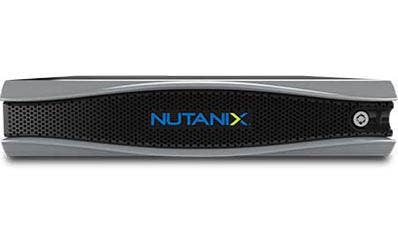
2. Nutanix
Q4 Market Share: 13.7%
The hyperconverged infrastructure pioneer turned software and subscription standout more than doubled all rivals except Dell when it came to HCI market share in the fourth quarter. Nutanix captured 13.7 percent market share by generating $313 million in hyperconverged revenue, up 10 percent year over year. However, even with the 10 percent sales growth, San Jose, Calif.-based Nutanix’s market share dropped from 14.6 percent share in fourth quarter 2018 to 13.7 percent.
In a move to support customers looking to quickly deploy a virtual desktop infrastructure (VDI) solution during the coronavirus pandemic, Nutanix launched a new offer called FastTrack for VDI. The service delivery option aims to onboard thousands of remote employees in record time, which includes services to set up and provision desktops in under five days for predefined Nutanix configurations.
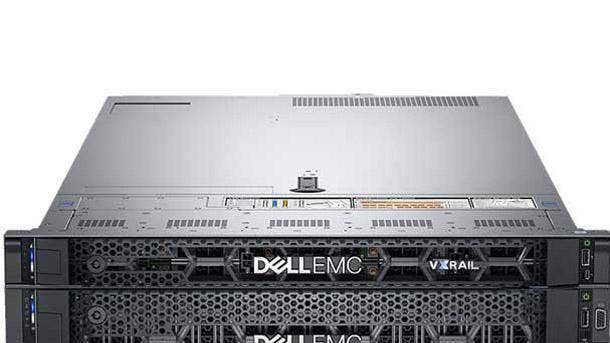
1. Dell Technologies
Q4 Market Share: 33.3%
The $92 billion infrastructure giant captured one-third of the total HCI market by generating $760 million in revenue, which is greater than the hyperconverged sales of Lenovo, HPE, Cisco and Nutanix combined. Dell Technologies’ HCI revenue grew more than 37 percent in the quarter to increase its global market share from 28.4 percent in fourth quarter 2018 to 33.3 percent share.
In an interview with CRN this month, CEO and founder Michael Dell said the coronavirus is causing a spike in remote-worker solutions. “Our supply chain is in relatively good shape, particularly in notebooks where we think that’s certainly a place where we’re seeing demand shortages because of the work from home strategy,” said Dell. “We are actively helping our customers and partners with solutions, not just the products. Because it’s not just as simple as, ‘Okay, here’s your computer, go work from home.’ There’s a lot more involved in how do you get teams to collaborative, be productive, share information and recreate the incidental communications and collaboration that occurs when people are physically together.”